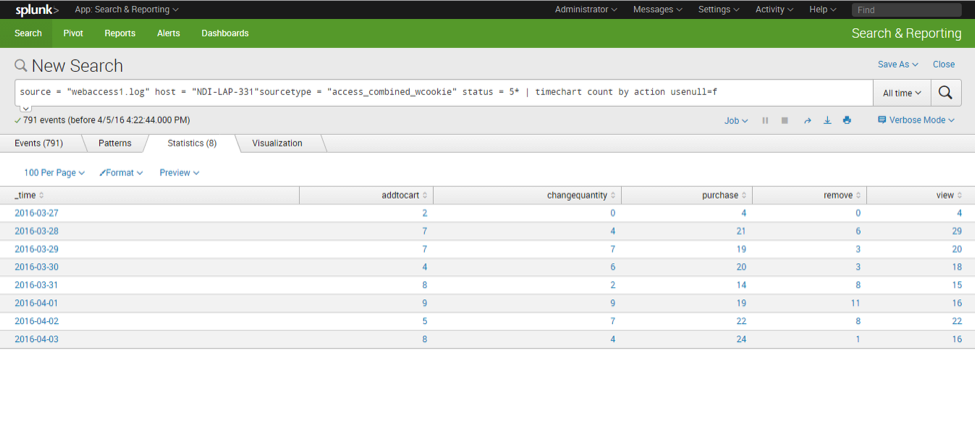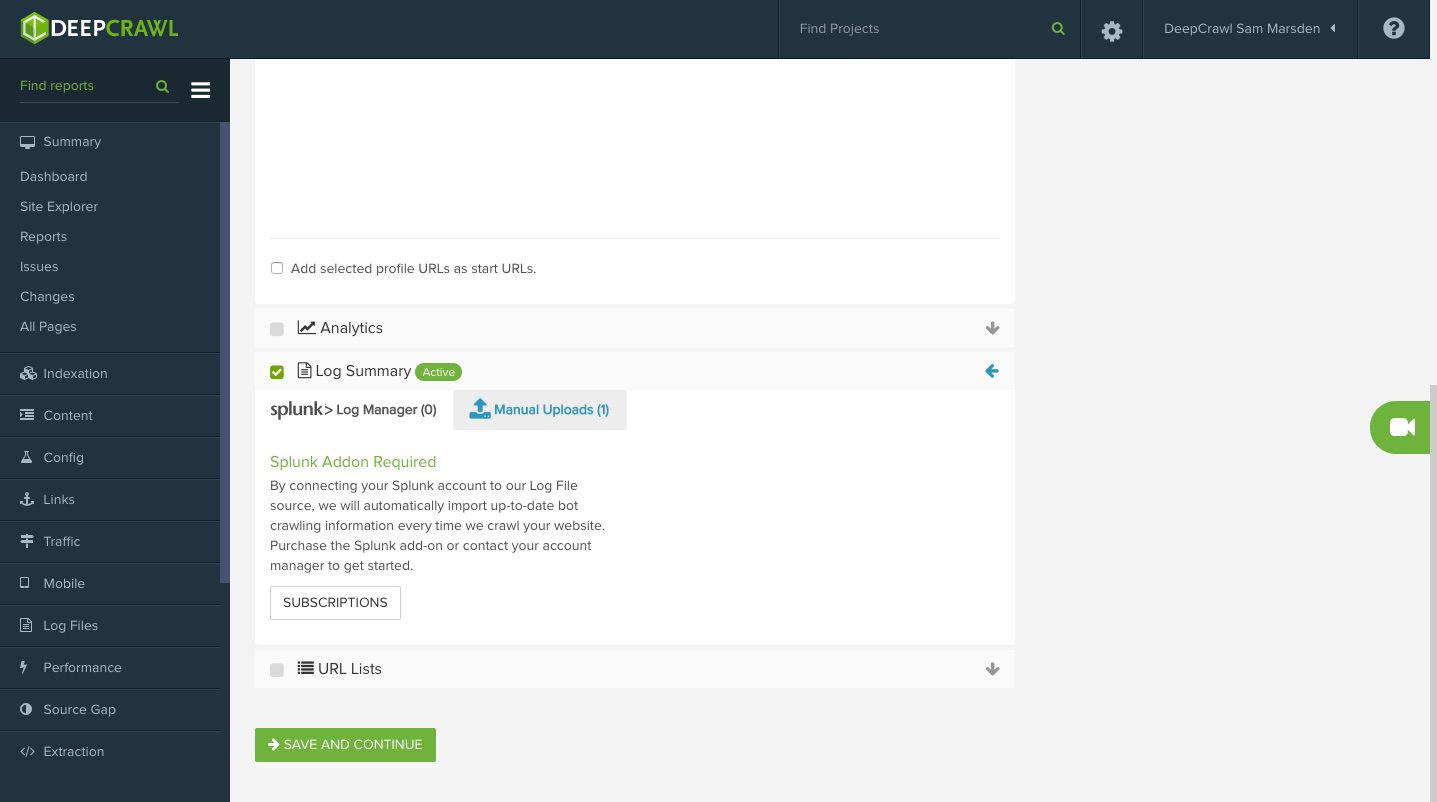

In some deployment scenarios you might not want or be able to deploy the Splunk universal forwarder on each NGINX Plus instance. The forwarder can also make changes to the data before it is sent to the indexer, allowing you to mask sensitive information before it is sent to Splunk. One of the most powerful features of the Splunk universal forwarder is the ability to forward fields from the log events when the data is presented in either key‑value pairs or a structured format such as CSV or JSON. Splunk uses an agent called the Splunk universal forwarder to listen to specific log files on a given server and forward the data to the Splunk indexer. What is Splunk and How Can It Help?īefore we get started with the nitty‑gritty details of setting up the Add‑On to collect data from your NGINX Plus deployment, let’s look at Splunk’s architecture, showcasing the features that make it a powerful tool for turning your NGINX Plus logs and API data into valuable operational intelligence. For brevity, we’ll refer to NGINX Plus only for the rest of the blog, except where there is a difference between the two products. Note: Except as noted, the instructions in this blog apply to both NGINX and NGINX Plus. Using Splunk Search Processing Language to begin analyzing your dataĪfter setting up the Splunk Add‑On for NGINX and NGINX Plus, you’ll have a wide array of valuable statistics to search and report on within your Splunk environment.Enabling the Splunk Add‑On to read in data directly from the the NGINX Plus live activity monitoring API.Configuring logging for NGINX and NGINX Plus.Installing the Splunk universal forwarder.Installing the Splunk Add‑On for NGINX and NGINX Plus.This blog provides step‑by‑step instructions for downloading and configuring the Add‑On, including the following topics: and Splunk have teamed up to offer the Splunk Add‑On for NGINX and NGINX Plus, which assists with indexing both NGINX log data and NGINX Plus API data, so you can glean valuable information about your NGINX or NGINX Plus deployment and the applications running within your infrastructure.
#Splunk log files install
It's super easy to install a forwarder and you can look at examples online for the nf and outputs.Splunk® Enterprise is data collection and analysis software that makes it simple to act on the untapped value of the big data generated by your technology infrastructure, security systems, and business applications – giving you the insights to drive operational performance and business results. Those 2 files are nf which will have a stanza and define what index your data will go to and the sourcetype it should have (When you create fields in Splunk, it will be relative to the sourcetype) and an nf will have information which will point to your indexer so the data knows where to go. After installing the forwarder, you will need 2 files which will be located in %SPLUNK_HOME%/etc/system/local. So to set this up, you will need to configure your forwarder on the remote machine.

So say Data.txt is a high volume log which has millions of events and you want to know how often people have attempted search for the term "splunk", you could do a search and quickly find out how many people looked for Splunk compared to all the other terms overall. You will set up a Splunk forwarder to monitor the path C:\Logs\Data.txt so everytime new data is added to the text file Data.txt, the Splunk forwarder will recognize this and forward it to your central Splunk server (Also known as an indexer) and the indexer will index and parse the data and make it usable in the Splunk GUI.

This log data will be under C:\Logs\Data.txt. You will have a remote server which will generate log data. Here's a brief description to add onto this.
#Splunk log files how to
The below link describes how to start indexing data.


 0 kommentar(er)
0 kommentar(er)
